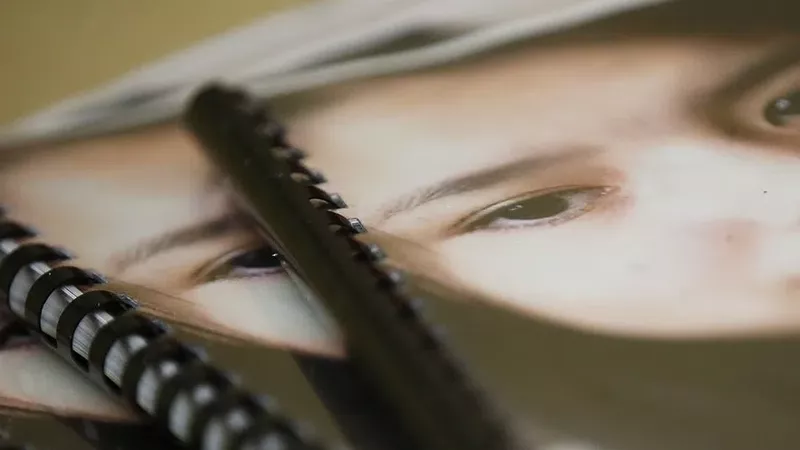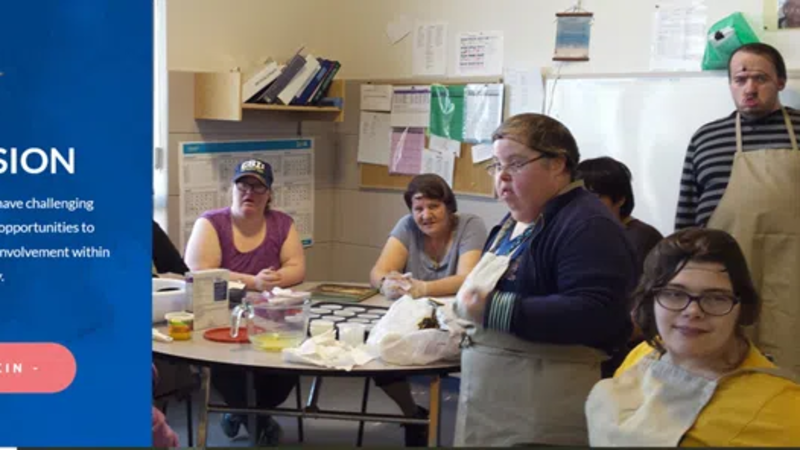
‘Not forgotten’: Family, advocates reflect 10 years after death of Tina Fontaine
When Elroy Fontaine thinks about his older sister, Tina Fontaine, his mind takes him to a park in Winnipeg’s Point Douglas neighbourhood.
It’s where the two would sometimes hang out together.
A decade after the tragic death of the 15-year-old girl, one that shocked the country and was the catalyst for a national inquiry into missing and murdered Indigenous women and girls, Elroy Fontaine still stops by the special spot.
The siblings spent time in provincial care but would see each other during scheduled visits that included Slurpee runs and park hangs.


